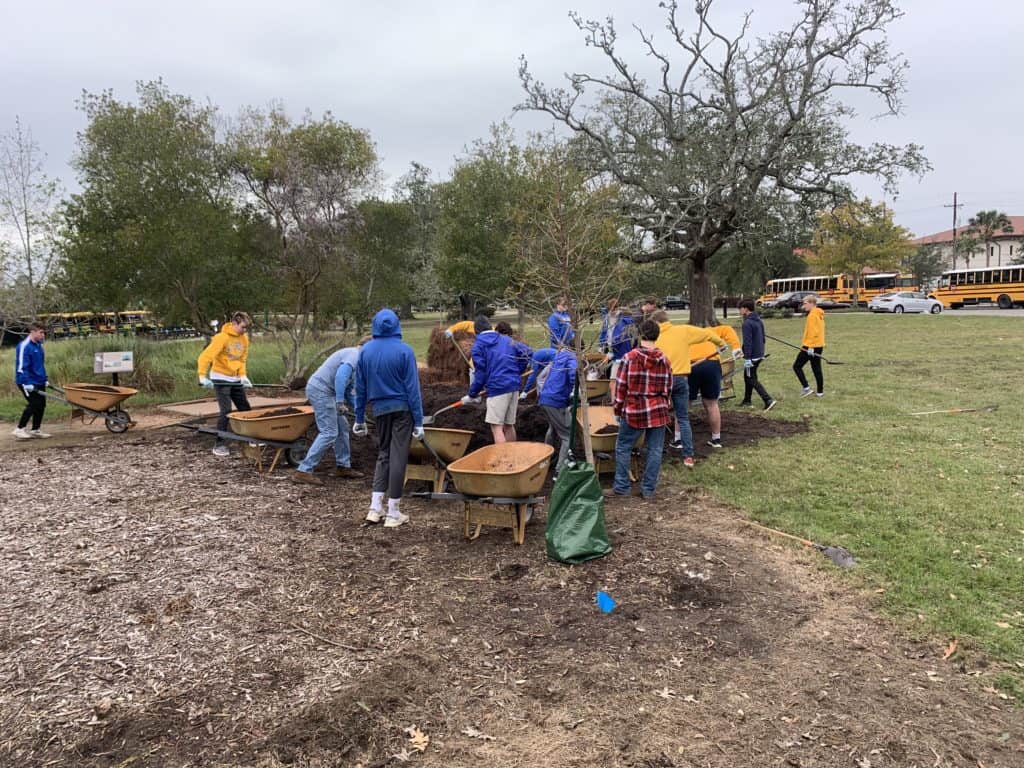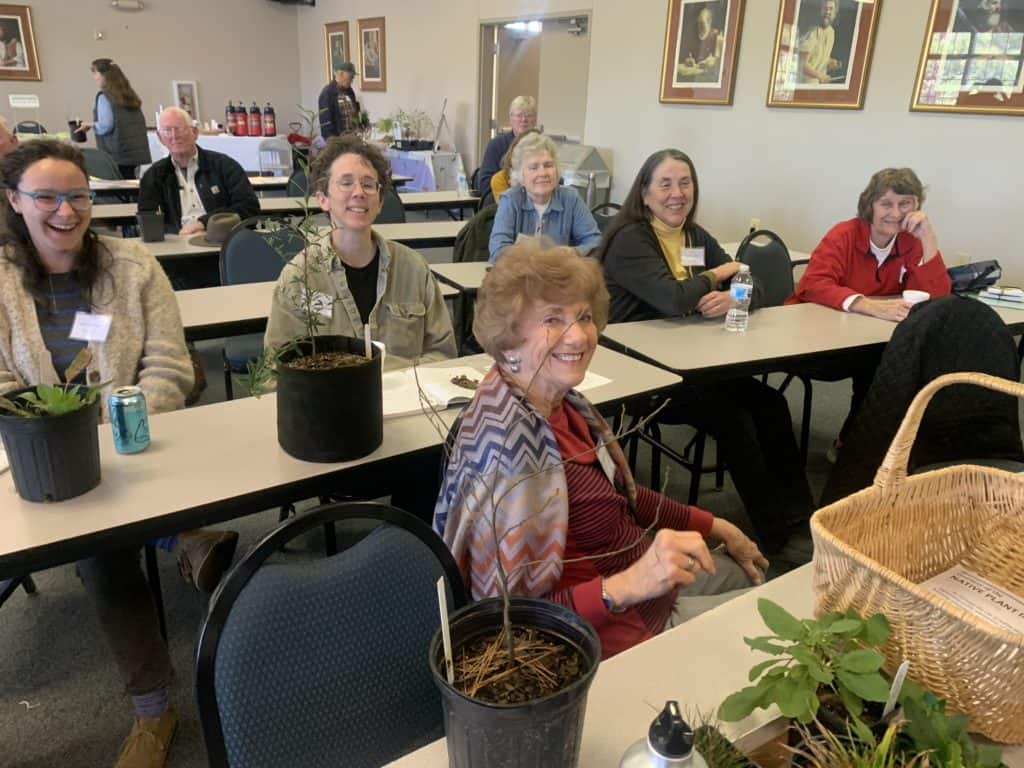Everyone can do something. Small yard or large acreage. Urban, suburban or rural. Big budget or no budget. Everyone can do something, starting today.
A good start is to just add one or two natives to your existing landscape. Resist the temptation to completely replace all your non-native plants at once. Slow transition is better for wildlife (and your back). Over time, add more natives and replace some of your fragile non-natives. Don't feel that your landscape should be 100% native. Even the most zealous habitat gardeners have some non-natives. Set a goal of 70%, which is what research tells us is needed to sustain bird populations. When you're ready for more, increase the sizes of your planted beds. The #1 step you can take is to reduce the area of your lawn to only that which your family uses. If you have a blank palette of a new home site or are planning a major change, engage the services of a native landscaping consultant who can design a plan that you can work on gradually as budget and time permit or have installed by professional landscapers.


While you're going native, check your gardening habits. Fertilize less or not at all. Fertilizer also gives weeds an unfair advantage, and native plants rarely benefit from it. Very little of the fertilizer you apply ends up in the plant anyway; most ends up in runoff. For mulch, use your own oak leaves or pine straw, not bagged cypress mulch from questionable sources. Keep deadfall limbs and dried twigs on your property, as these are good for wildlife, especially over winter. Use chemicals sparingly and with specificity. Don't react if you see a lot of unfamiliar insects at once. Usually these are temporary and seasonal, not a call to arms. Swat or crush insects or use soap before getting out the insect spray. Pull weeds by hand to minimize soil disturbance. Ask your extension agent for advice how to manage invasive plants like tallow. Consider adding a rain garden, habitat pond or a backyard microbayou to slow runoff and reduce burden on coulees during storm events.
As you become a more ecological gardener, get involved. A great way to keep learning is to volunteer at public or school habitat gardens. Help others by sharing what you've learned and, by all means, share seeds and cuttings from your native plants. Use your voice: ask your nursery to carry natives. Do not buy invasive exotics like Japanese honeysuckle, coral ardisia and nandina; nurseries will stop growing them if we stop buying them. Get involved with your neighborhood association to encourage sustainable landscaping practices. Get your property on the map as a model for others by applying to the Louisiana Certified Habitat program.

